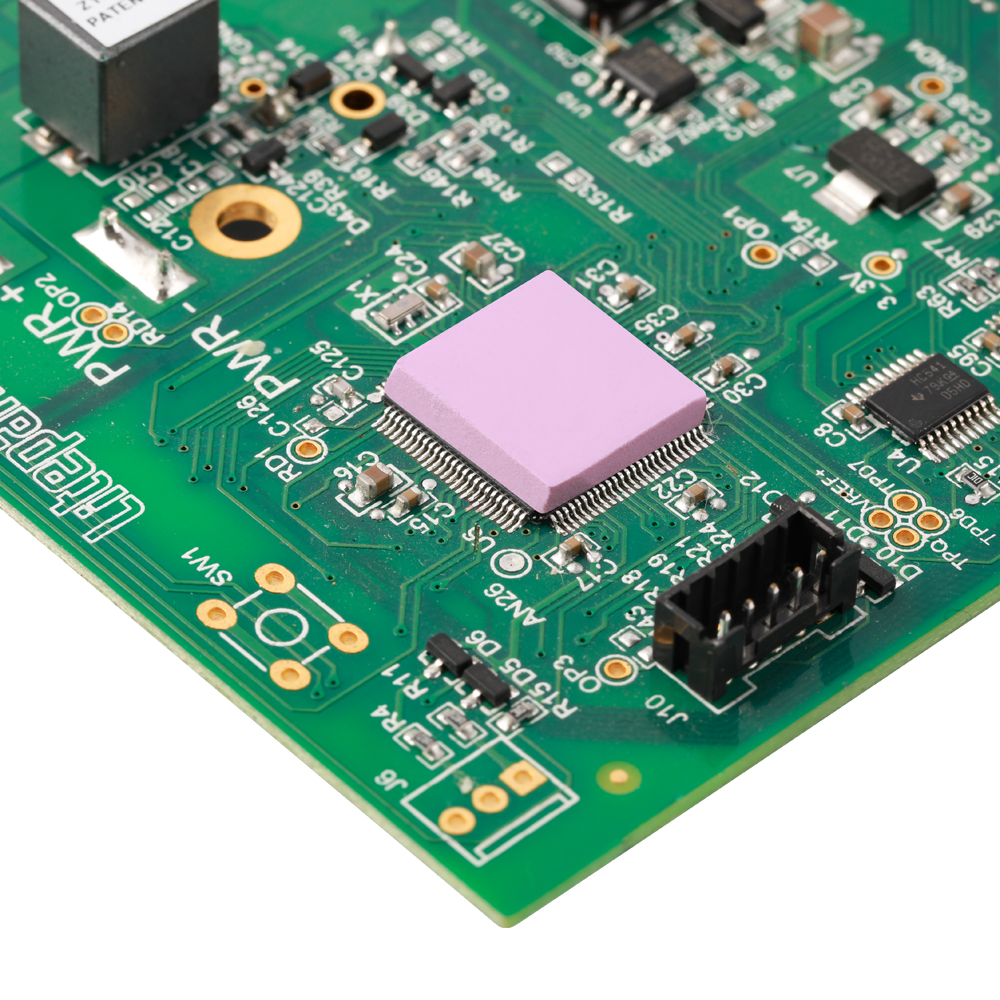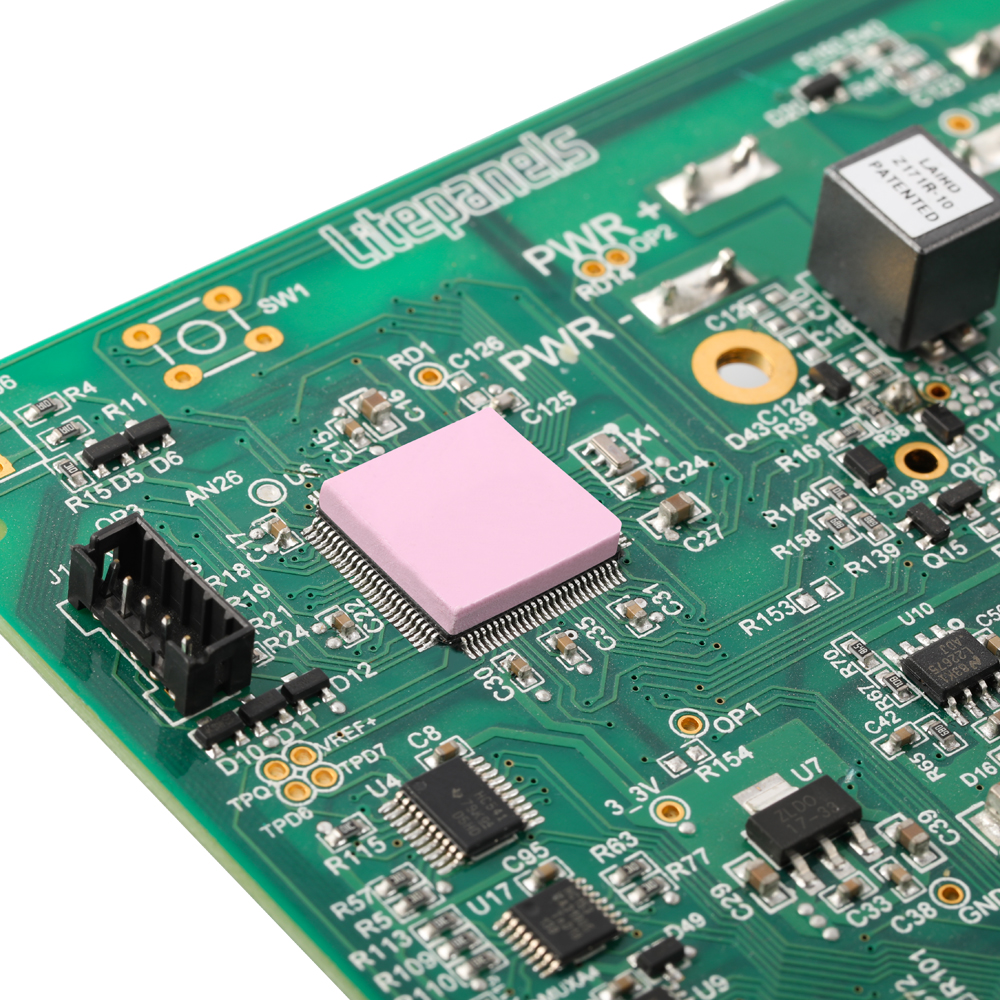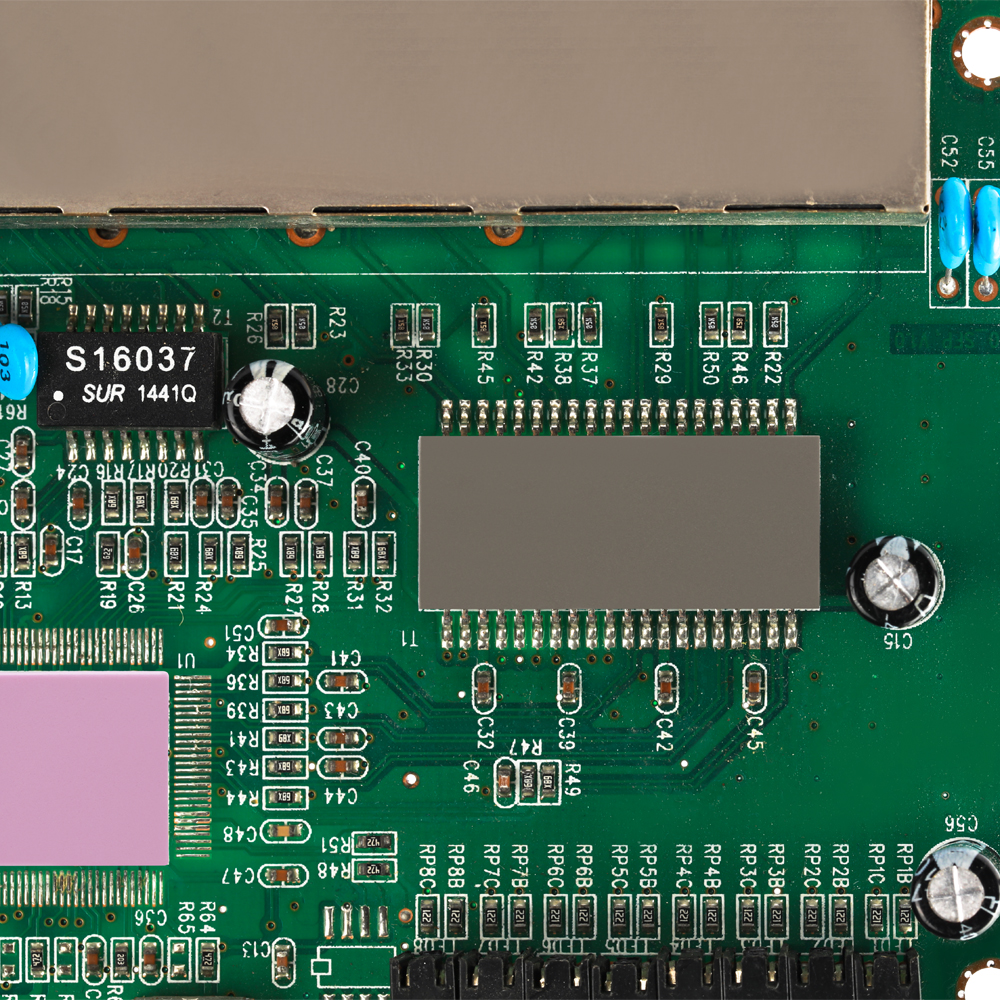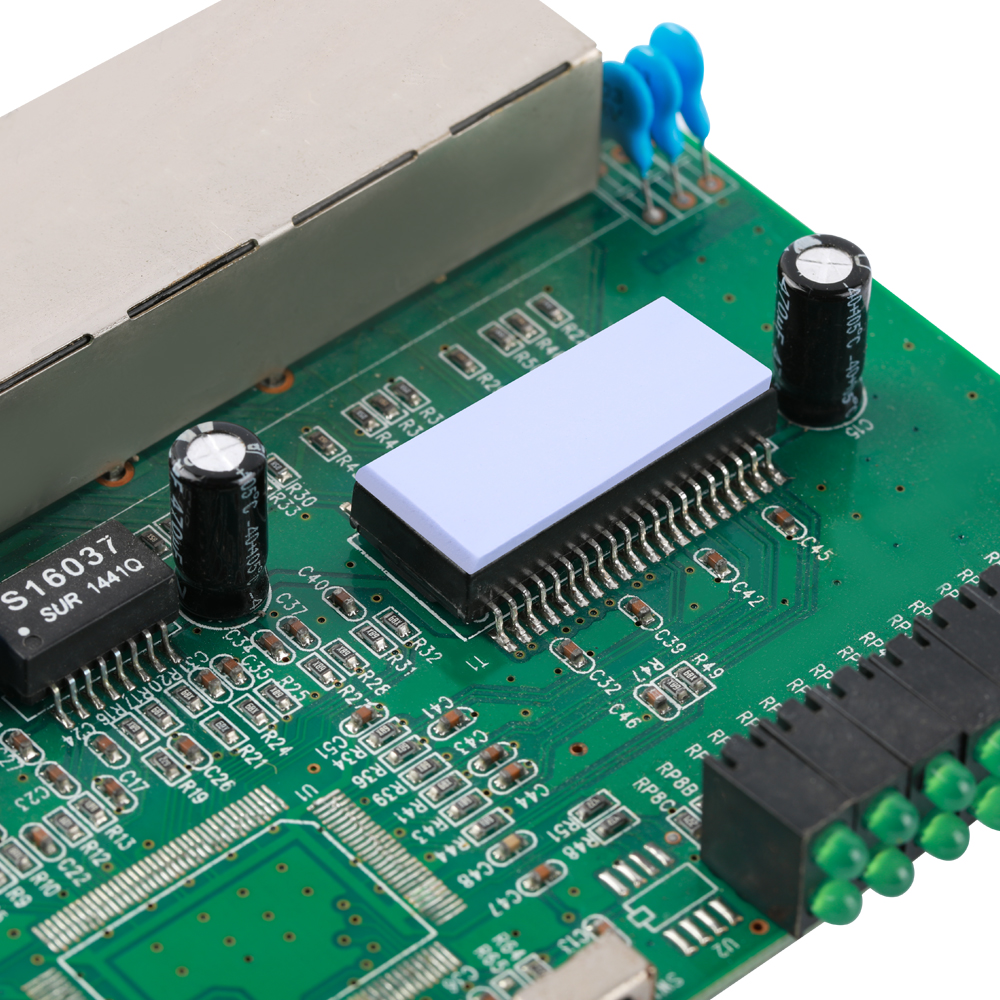In the practical application, the thermal silicon pad has been widely used in PCB of all kinds of electronic and electrical products such as electronic appliances, automobile machinery, computer host, notebook computers and any materials that need to be filled and heat dissipation module. The thermal silicon pad is a kind of heat conducting medium material, which is made of silicon and other auxiliary materials such as metal oxide. Its main function is to transfer heat by using the gap, and it also plays the role of insulation, shock absorption and sealing.
Installation method of thermal pad:
1: Keep the contact surface of the thermal silicon pad clean and prevent contamination on it, or the self-adhesive and sealing thermal conductivity of the contaminated thermal silicon pad will become poor.
2:When taking the thermal silicon pad, the larger thermal silicon pad should be taken from the center, and the smaller is not required for this. Because the larger thermal silicon pad is not evenly stressed, it will cause deformation, affect subsequent operation, and even damage the silicon pad.
3:Take the pad in one hand and tear off one of the release protective films in the other hand. It is not allowed to remove both protective films at the same time, reduce the times and area of direct contact with the thermal pad, and keep the self-adhesive and thermal conductivity of the thermal conductive silicon film from being damaged.
4:The side with the protective film removed shall face the component to be dissipate heat, and the thermal pad shall align with the contact surface of the component. Slowly lay down the conductive thermal pad, and be careful to avoid the generation of bubbles. When bubbles are generated, use auxiliary tools to gently handle them.
5: After the thermal pad is put into the radiator, gently tear off the last protective film and avoid scratching or pulling up the thermal silicon pad.
For more information, please visit the official website of Shenzhen Ringo Tech Materials Technology Co., Ltd. : http://www.ringotech.com.cn
We will listen to your needs carefully, and then we will spare no effort to provide the best solution.
Welcome to inquire: 0755-82311221
Installation method of thermal pad:
1: Keep the contact surface of the thermal silicon pad clean and prevent contamination on it, or the self-adhesive and sealing thermal conductivity of the contaminated thermal silicon pad will become poor.
2:When taking the thermal silicon pad, the larger thermal silicon pad should be taken from the center, and the smaller is not required for this. Because the larger thermal silicon pad is not evenly stressed, it will cause deformation, affect subsequent operation, and even damage the silicon pad.
3:Take the pad in one hand and tear off one of the release protective films in the other hand. It is not allowed to remove both protective films at the same time, reduce the times and area of direct contact with the thermal pad, and keep the self-adhesive and thermal conductivity of the thermal conductive silicon film from being damaged.
4:The side with the protective film removed shall face the component to be dissipate heat, and the thermal pad shall align with the contact surface of the component. Slowly lay down the conductive thermal pad, and be careful to avoid the generation of bubbles. When bubbles are generated, use auxiliary tools to gently handle them.
5: After the thermal pad is put into the radiator, gently tear off the last protective film and avoid scratching or pulling up the thermal silicon pad.
For more information, please visit the official website of Shenzhen Ringo Tech Materials Technology Co., Ltd. : http://www.ringotech.com.cn
We will listen to your needs carefully, and then we will spare no effort to provide the best solution.
Welcome to inquire: 0755-82311221




